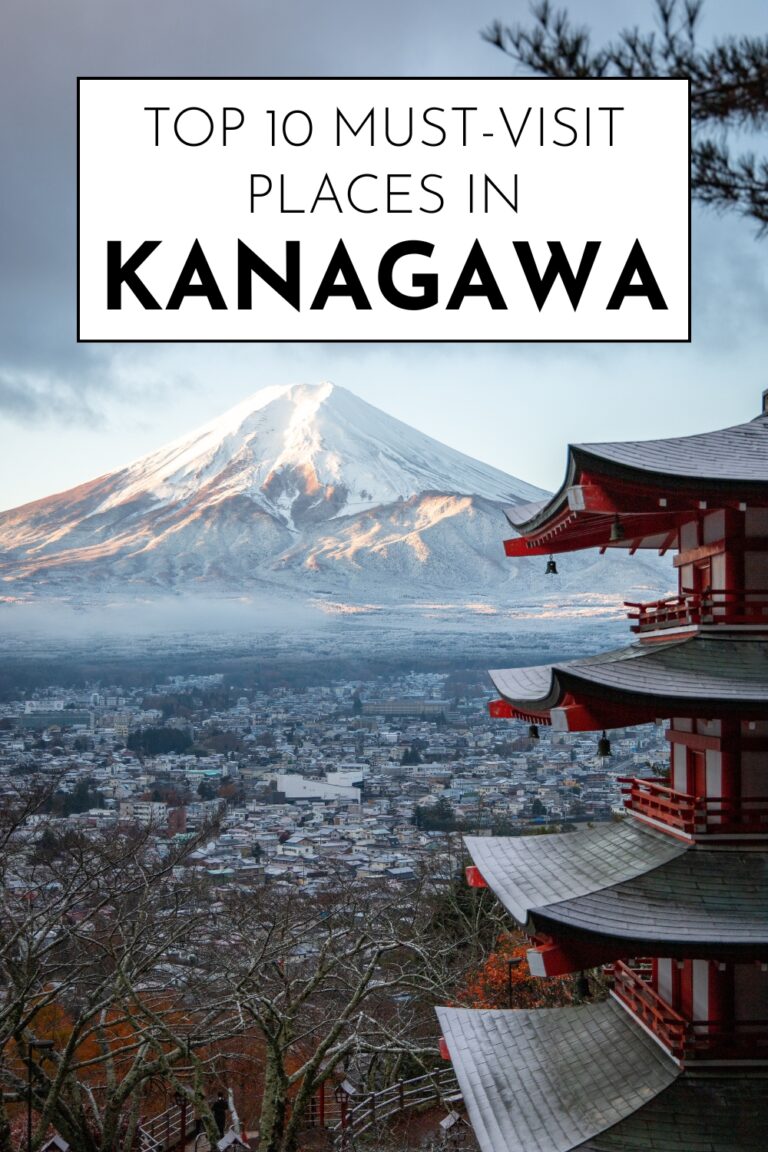Kanagawa Prefecture, located just south of Tokyo, offers an incredible blend of natural beauty, cultural treasures, and modern attractions that make it one of Japan’s most captivating destinations. From the iconic Mount Fuji views to historic temples, bustling port cities to serene hot springs, this diverse region showcases the very best of Japanese culture and landscapes.
As Japan’s second most populous prefecture, Kanagawa serves as a gateway between traditional Japan and the modern world. The region played a crucial role in Japan’s opening to the West in the mid-19th century, creating a unique cultural fusion that visitors can still experience today.
Whether you’re seeking spiritual enlightenment at ancient temples, breathtaking mountain scenery, world-class museums, or delicious local cuisine, Kanagawa delivers unforgettable experiences that capture the essence of Japan. The prefecture’s excellent transportation links make it easy to explore multiple destinations in a single trip.
Let’s discover the ten most spectacular places that make Kanagawa an essential destination for any Japan adventure.
1. Mount Fuji and Fuji Five Lakes Region
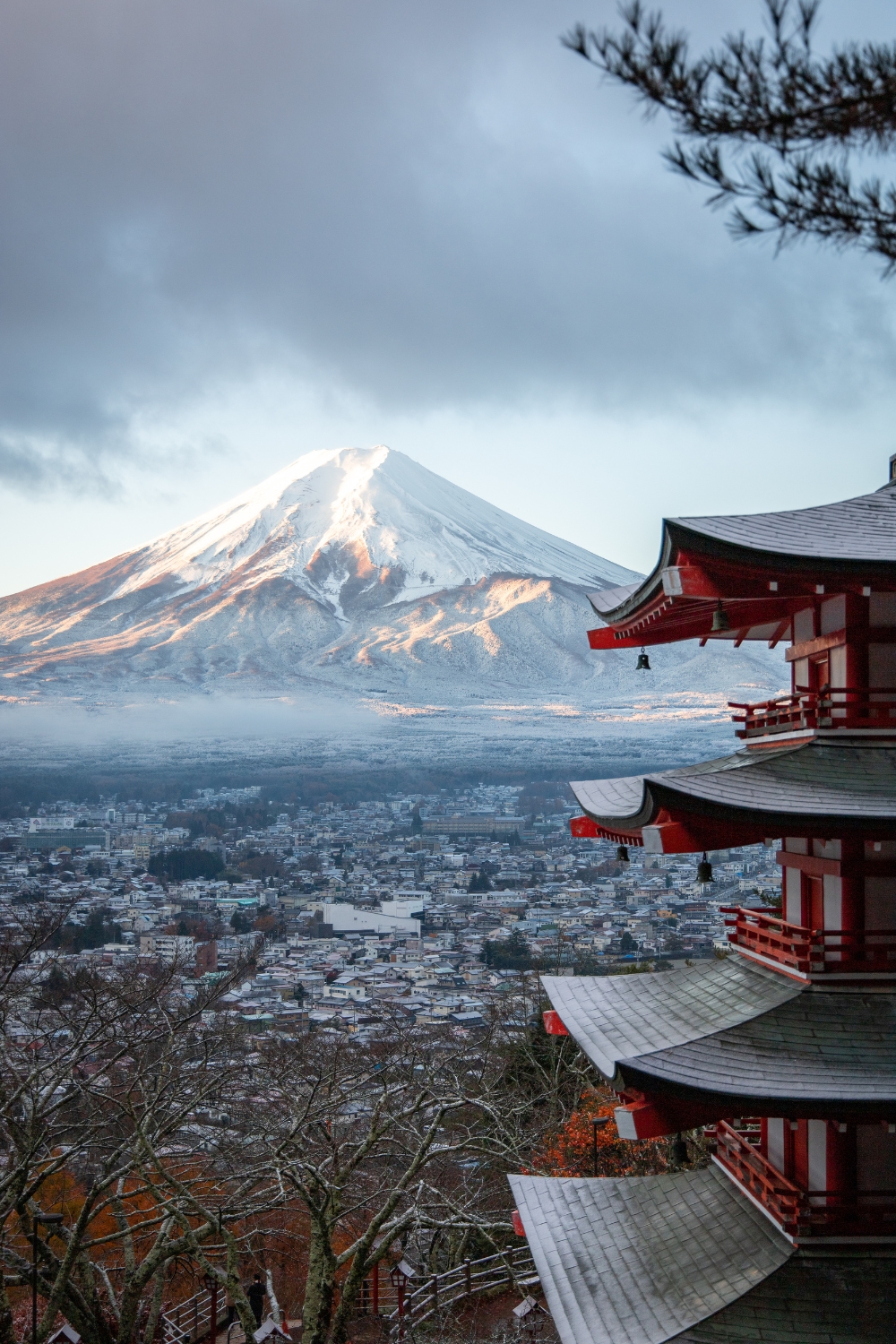
Mount Fuji stands as Japan’s most iconic symbol, and the Kanagawa side offers some of the most spectacular views of this sacred mountain. The Fuji Five Lakes region provides year-round access to stunning vistas, outdoor activities, and cultural experiences centered around Japan’s highest peak.
Sacred Mountain and Cultural Symbol
Mount Fuji has been revered for centuries as a sacred mountain in Japanese culture. The mountain’s perfect cone shape and spiritual significance have inspired countless artists, poets, and pilgrims throughout history. From Kanagawa’s vantage points, visitors can capture the classic views that have made Fuji famous worldwide.
The area offers excellent hiking trails, scenic lakes, and traditional hot springs that have been welcoming visitors for generations. Lake Ashi provides particularly stunning reflections of Mount Fuji on clear days, creating picture-perfect moments that embody the beauty of Japan.
Seasonal Beauty and Activities
Each season brings different experiences to the Mount Fuji region. Spring offers cherry blossoms framing the mountain, while autumn provides vibrant foliage colors. Winter creates snow-capped perfection, and summer allows for hiking and outdoor adventures.
The region’s numerous trails accommodate all fitness levels, from gentle lakeside walks to challenging mountain climbs. Hot springs (onsen) provide relaxation after active days, while traditional inns (ryokan) offer authentic Japanese hospitality.
Best viewing spots: Lake Ashi, Owakudani Valley, Hakone Shrine
Activities: Hiking, hot springs, boat cruises, cable car rides
Best weather: October to February for clear mountain views
2. Hakone – Hot Spring Resort Paradise
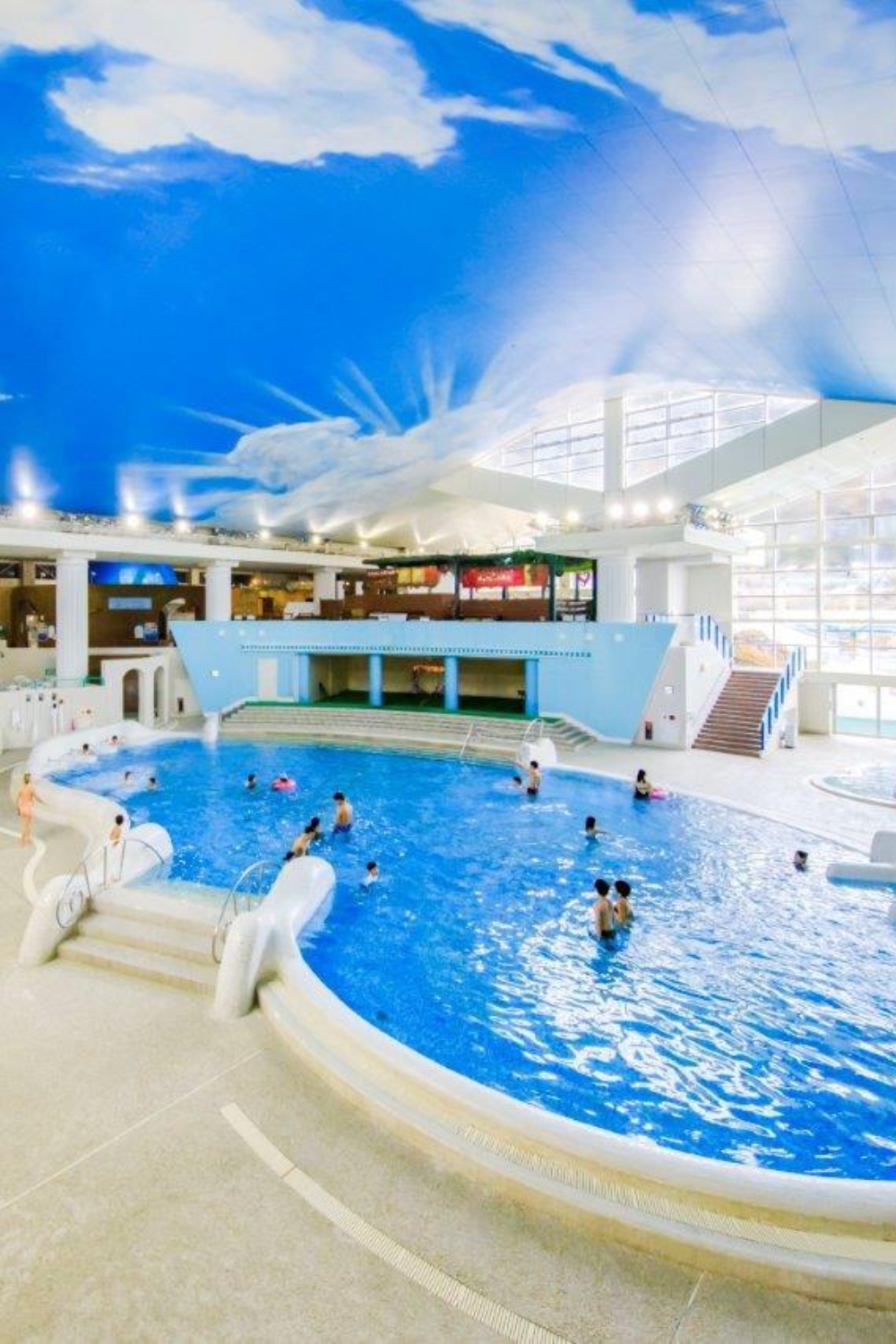
Hakone represents one of Japan’s most famous hot spring destinations, offering a perfect blend of natural beauty, relaxation, and cultural attractions. This mountain resort town has been welcoming visitors for over 1,000 years, developing into a sophisticated destination that maintains its traditional charm.
Natural Hot Springs and Scenic Beauty
The town sits within an ancient volcanic caldera, creating the perfect conditions for numerous hot springs with different mineral compositions and healing properties. Over 20 different types of hot springs can be found throughout the area, each offering unique benefits and experiences.
Hakone’s dramatic landscape includes mountains, forests, lakes, and valleys that create stunning scenery in every direction. The area’s natural beauty has inspired artists and nature lovers for centuries, making it a perfect escape from urban life.
Cultural Attractions and Modern Amenities
Beyond hot springs, Hakone offers world-class museums, including the renowned Hakone Open-Air Museum with its impressive sculpture garden and Picasso collection. Traditional shrines and temples dot the landscape, providing spiritual experiences alongside natural beauty.
The town’s excellent transportation network includes scenic railways, cable cars, and boat services that make sightseeing part of the adventure. Luxury resorts and traditional ryokan provide accommodation options ranging from modern comfort to authentic Japanese experiences.
Famous hot springs: Hakone Yumoto, Gora, Sengokuhara
Transportation: Hakone Free Pass covers all local transport
Must-try: Traditional kaiseki dining at ryokan
3. Kamakura – Ancient Capital and Temple Town
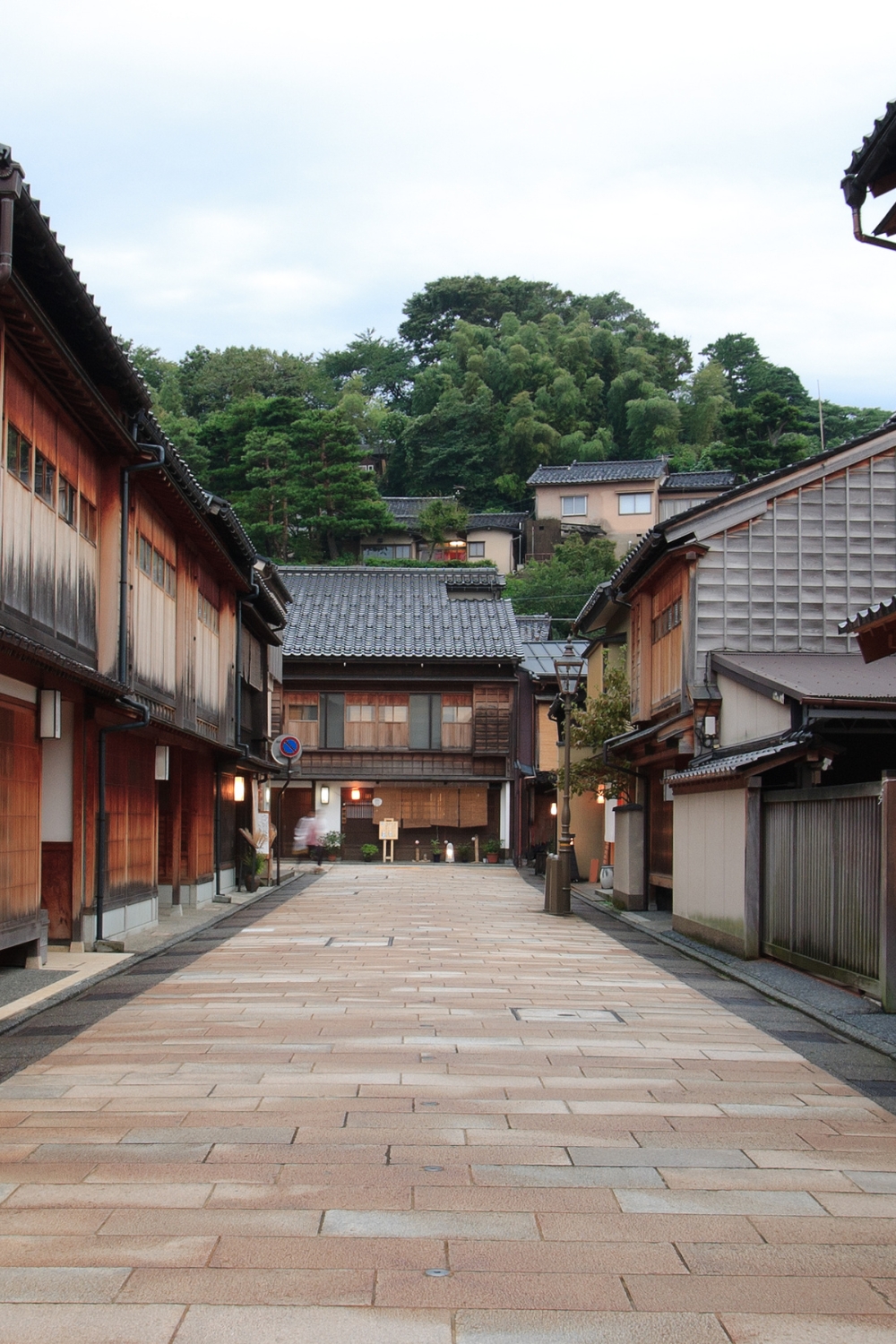
Kamakura served as Japan’s political center from 1185 to 1333, leaving behind an extraordinary collection of temples, shrines, and cultural treasures. This historic city offers one of Japan’s highest concentrations of important Buddhist and Shinto sites, making it essential for understanding Japanese spirituality and history.
The Great Buddha and Temple Heritage
The Great Buddha of Kamakura (Daibutsu) stands as the city’s most famous attraction, a 13-meter bronze statue that has survived tsunamis, earthquakes, and centuries of weather since 1252. This impressive figure represents the enduring power of Buddhist faith in Japanese culture.
Over 65 Buddhist temples and 19 Shinto shrines create a spiritual landscape unmatched anywhere else in Japan. Each temple tells unique stories of Japanese history, from political intrigue to spiritual awakening, preserved in beautiful architecture and sacred artifacts.
Historic Neighborhoods and Cultural Experiences
Kamakura’s ancient streets maintain their traditional character while hosting modern cafes, artisan shops, and cultural venues. Walking through the historic neighborhoods provides glimpses into traditional Japanese life that has continued for centuries.
The city’s compact size makes temple-hopping easy and enjoyable. Visitors can explore multiple sacred sites in a single day, each offering different architectural styles, gardens, and spiritual atmospheres.
Famous temples: Kotoku-in (Great Buddha), Hase-dera, Hokoku-ji
Best exploration: On foot or by bicycle
Cultural activities: Temple meditation, traditional crafts
4. Yokohama – Modern Port City and Cultural Hub
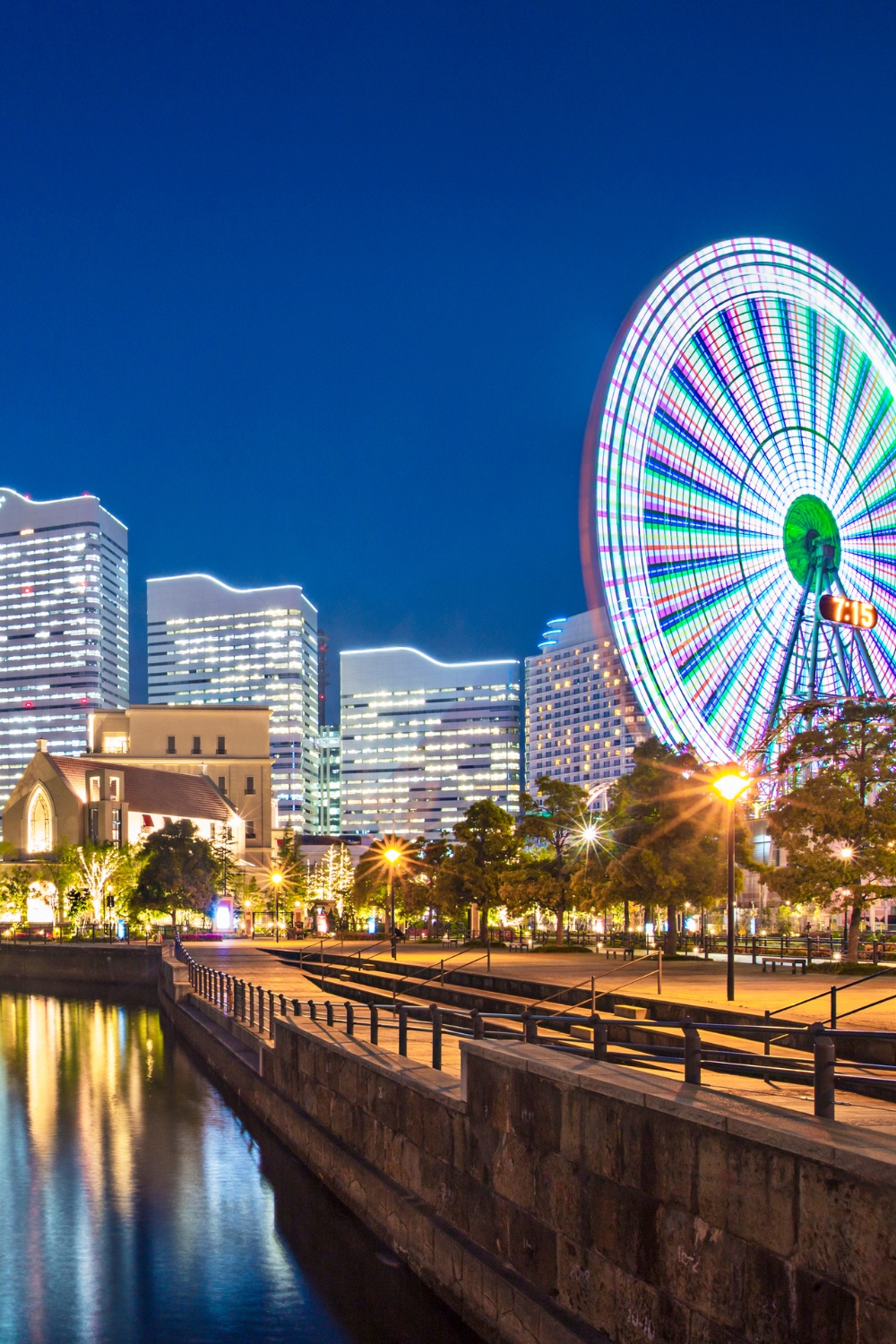
Yokohama, Japan’s second-largest city, represents the country’s gateway to the world with its historic port, modern attractions, and international atmosphere. This dynamic city combines cutting-edge architecture with preserved historic districts, creating a unique urban experience.
Historic Port and International Heritage
Yokohama’s port opened Japan to international trade in 1859, making it the birthplace of modern Japan’s relationship with the world. The historic Red Brick Warehouses, now cultural centers, symbolize this international heritage that continues to shape the city’s character.
Chinatown, one of the world’s largest, offers authentic Chinese cuisine and culture that has thrived in Yokohama for over 150 years. The international community has created a cosmopolitan atmosphere unique in Japan.
Modern Attractions and Skyline Views
The Minato Mirai 21 district showcases futuristic architecture including the iconic Landmark Tower, Japan’s second-tallest building. The area’s shopping centers, museums, and entertainment venues create a modern urban playground.
Cosmo World amusement park features the giant Cosmo Clock 21 Ferris wheel that illuminates the harbor at night. The waterfront promenade offers stunning views of Tokyo Bay and the city skyline, particularly beautiful during sunset.
Historic districts: Red Brick Warehouses, Chinatown, Bluff area
Modern attractions: Landmark Tower, Cosmo World, Cup Noodles Museum
Best views: Landmark Tower Sky Garden, Red Brick Park
5. Enoshima Island – Coastal Beauty and Spiritual Sites
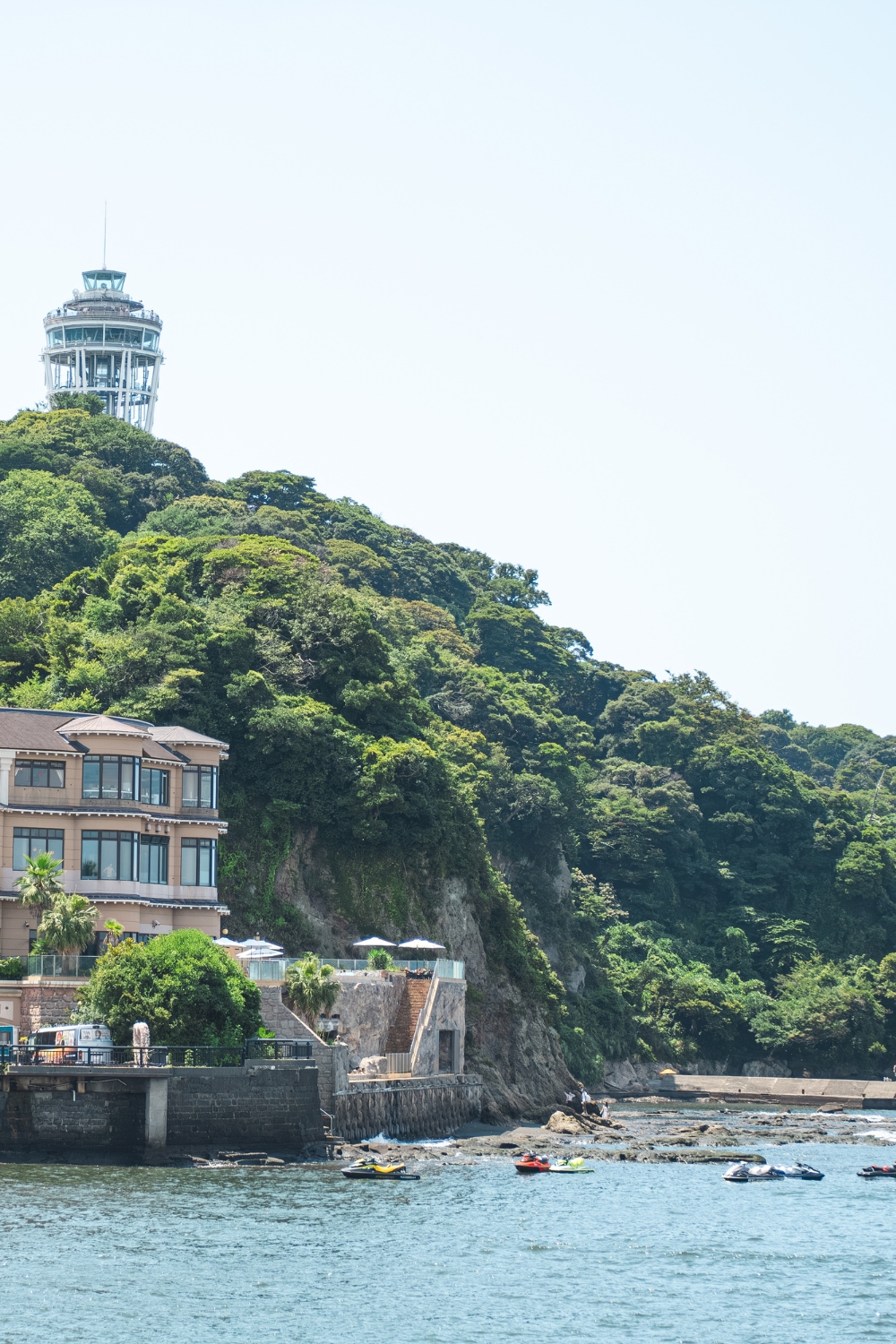
Enoshima Island, connected to the mainland by a bridge, combines natural coastal beauty with spiritual significance and recreational activities. This small island has been a popular destination for over 1,500 years, attracting pilgrims, artists, and nature lovers.
Sacred Caves and Spiritual Heritage
The island’s sacred caves have been used for spiritual practices since ancient times. Buddhist monks and Shinto priests have maintained temples and shrines here for centuries, creating a powerful spiritual atmosphere enhanced by the natural ocean setting.
Enoshima Shrine, dedicated to the goddess of entertainment and good fortune, consists of three separate shrine buildings connected by paths through lush gardens. The shrine’s festivals and ceremonies provide glimpses into living Japanese spiritual traditions.
Coastal Activities and Natural Beauty
The island’s position in Sagami Bay provides excellent beaches, surfing spots, and coastal hiking trails. The dramatic cliffs and sea caves create stunning natural formations that have inspired artists and photographers for generations.
Enoshima Sea Candle, a lighthouse and observation tower, offers panoramic views of the coastline and Mount Fuji on clear days. The tower’s seasonal illuminations create magical evening atmospheres.
Spiritual sites: Enoshima Shrine, Dragon Love Bell, Sacred Caves
Activities: Beach activities, hiking, lighthouse visits
Best season: Summer for beaches, winter for clear mountain views
6. Odawara Castle – Samurai Heritage and Cherry Blossoms
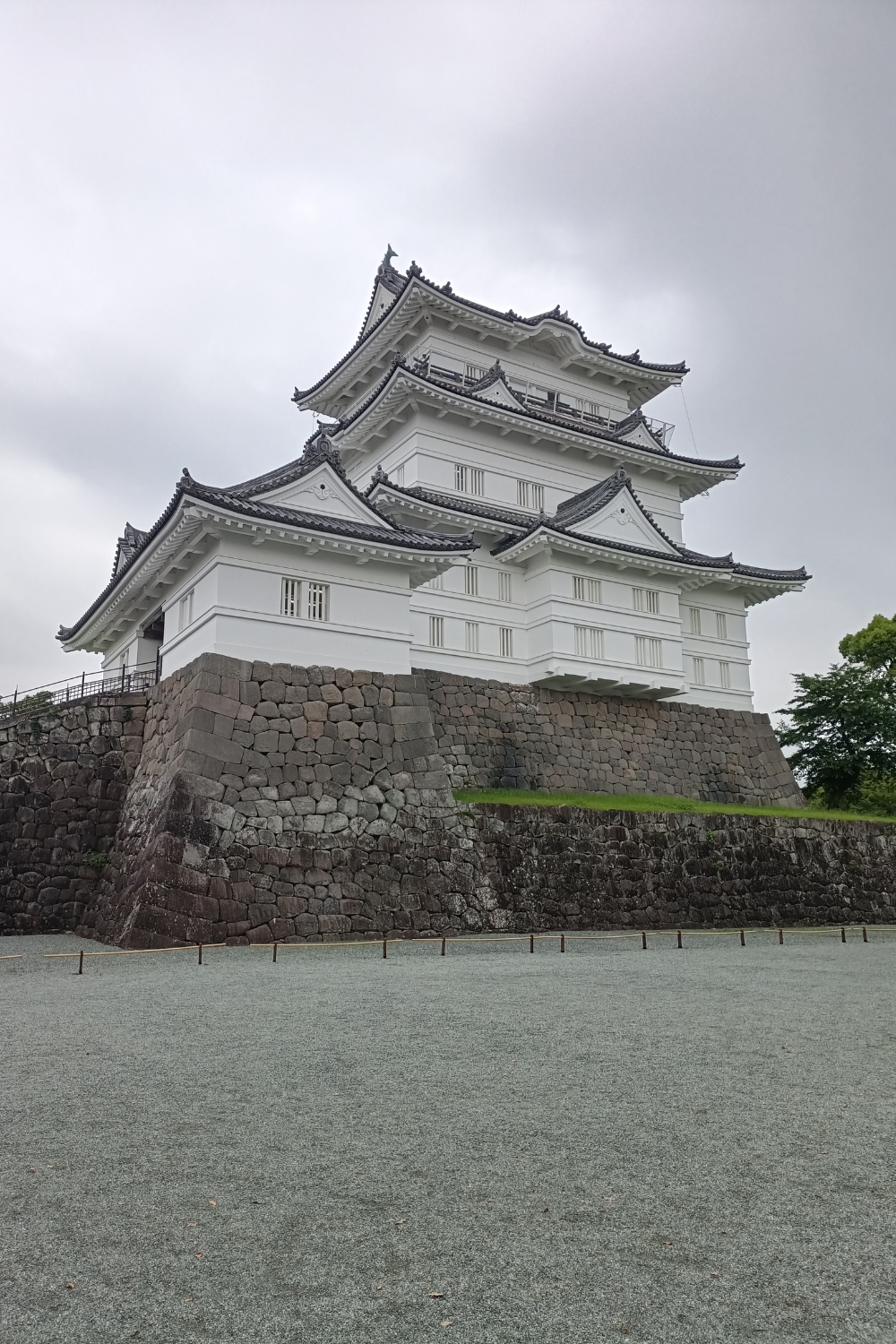
Odawara Castle represents one of Japan’s most historically significant fortifications, playing crucial roles in the country’s medieval and early modern periods. The reconstructed castle and its beautiful grounds offer insights into samurai culture and Japan’s feudal past.
Strategic Fortress and Historical Importance
The castle served as the stronghold of the powerful Hojo clan during the Sengoku period (1467-1615), withstanding multiple sieges before falling to Toyotomi Hideyoshi in 1590. This event marked a turning point in Japanese history, contributing to the country’s unification.
The castle’s strategic location controlling the Tokaido highway made it essential for anyone seeking to control eastern Japan. Its impressive fortifications and defensive design showcase the military engineering skills of medieval Japanese builders.
Castle Grounds and Seasonal Beauty
The castle grounds contain over 300 cherry trees that create spectacular displays during spring blooming season. The contrast between pink cherry blossoms and white castle walls creates one of Japan’s most photographed scenes.
The castle museum houses samurai armor, weapons, and artifacts that bring the site’s history to life. Interactive exhibits and historical recreations help visitors understand daily life in feudal Japan.
Historical period: Originally built 1417, reconstructed 1960
Best time: Cherry blossom season (late March to early April)
Museum highlights: Samurai armor, historical exhibits
7. Sankeien Garden – Traditional Japanese Landscape Art
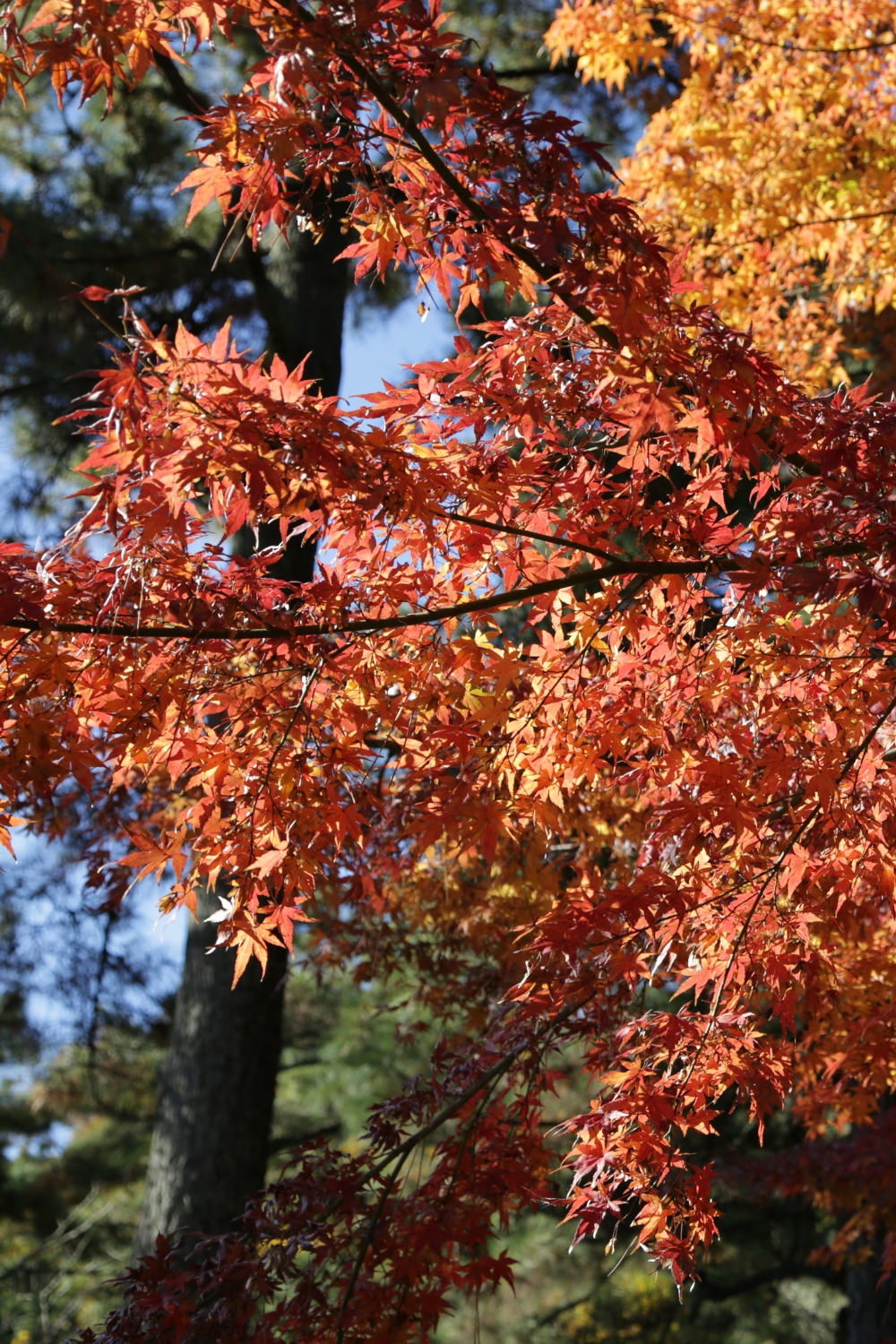
Sankeien Garden represents one of Japan’s most beautiful traditional gardens, featuring historic buildings, seasonal flowers, and carefully designed landscapes that embody Japanese aesthetic principles. This 175,000-square-meter garden showcases the art of Japanese landscape design at its finest.
Historic Buildings and Garden Design
The garden contains 17 historic buildings relocated from Kyoto, Kamakura, and other regions, including temples, tea houses, and residential structures dating from the Edo period. These authentic buildings create living museums within the natural landscape.
Each building placement follows traditional Japanese design principles, creating perfect views and harmonious relationships with the surrounding landscape. The garden’s creator, Sankei Hara, spent decades perfecting these arrangements.
Seasonal Beauty and Cultural Activities
Every season brings different beauty to Sankeien Garden. Spring features cherry blossoms and plum flowers, summer offers lush greenery and lotus blooms, autumn displays colorful foliage, and winter creates serene snow-covered landscapes.
Traditional cultural activities including tea ceremonies, flower arrangement demonstrations, and seasonal festivals provide opportunities to experience Japanese culture firsthand. The garden’s peaceful atmosphere makes it perfect for meditation and contemplation.
Historic buildings: 17 relocated structures from various periods
Seasonal highlights: Cherry blossoms, autumn leaves, winter snow
Cultural activities: Tea ceremonies, traditional festivals
8. Hakone Open-Air Museum – Art in Natural Settings
The Hakone Open-Air Museum pioneered the concept of outdoor sculpture museums, combining world-class art with stunning natural mountain scenery. This unique museum demonstrates how art and nature can enhance each other, creating experiences impossible in traditional indoor galleries.
Sculpture Garden and Natural Integration
Over 120 sculptures by renowned artists including Henry Moore, Auguste Rodin, and contemporary Japanese artists are displayed throughout the mountain landscape. The careful placement of each piece creates dialogue between human creativity and natural beauty.
The museum’s design allows visitors to experience art while walking through gardens, forests, and open spaces with Mount Fuji visible in the distance. This integration of art and nature reflects Japanese aesthetic principles.
Picasso Pavilion and Indoor Galleries
The museum houses one of the world’s largest Picasso collections, with over 300 works spanning the artist’s entire career. The specially designed Picasso Pavilion provides intimate viewing of paintings, ceramics, and sculptures.
Interactive art installations designed specifically for the museum encourage visitor participation. The famous “Symphonic Sculpture” allows visitors to climb inside and experience art from within.
Sculpture count: Over 120 outdoor pieces
Picasso collection: 300+ works
Special features: Interactive installations, natural hot spring foot bath
9. Shonan Beach – Surf Culture and Coastal Fun

Shonan Beach represents Japan’s premier beach destination, known for its surf culture, beach activities, and relaxed coastal atmosphere. This stretch of coastline has been popular with Tokyo residents for over a century, developing a unique beach culture that blends Japanese and international influences.
Surf Culture and Beach Activities
Shonan pioneered surf culture in Japan, with local surf shops, schools, and competitions that have created a vibrant beach community. The consistent waves and sandy beaches provide excellent conditions for surfing, windsurfing, and other water sports.
Beach volleyball courts, cycling paths, and waterfront cafes create a laid-back atmosphere different from Japan’s typical formal culture. The area attracts young people, families, and international visitors seeking coastal recreation.
Coastal Towns and Local Culture
The beach area encompasses several distinct towns, each with its own character and attractions. Enoshima offers island exploration, while Kamakura provides historical sites within walking distance of the beach.
Local festivals, beach concerts, and seasonal events create year-round entertainment. The area’s restaurants specialize in fresh seafood and international cuisine that reflects the cosmopolitan beach culture.
Activities: Surfing, beach volleyball, cycling, festivals
Best season: May to September for beach activities
Local specialties: Fresh seafood, beach cafe culture
10. Kawasaki Daishi Temple – Spiritual Power and New Year Traditions
Kawasaki Daishi Temple ranks among Japan’s most important Buddhist temples, attracting over 10 million visitors annually for New Year prayers and spiritual guidance. This powerful temple complex demonstrates the continuing role of Buddhism in modern Japanese life.
Religious Significance and Healing Powers
Founded in 1128, the temple is dedicated to Kobo Daishi, the founder of Shingon Buddhism in Japan. Believers come seeking protection from evil spirits, healing from illness, and blessings for success in business and personal life.
The temple’s main hall houses sacred images and relics that are believed to possess powerful spiritual energy. Daily prayer ceremonies allow visitors to experience authentic Buddhist practices in their traditional setting.
New Year Celebrations and Festivals
Kawasaki Daishi becomes the center of one of Japan’s largest New Year celebrations, with millions of visitors coming for hatsumode (first shrine visit of the year). The temple grounds fill with food stalls, traditional performers, and festive activities.
Throughout the year, special festivals and ceremonies mark important Buddhist holidays. The temple’s location near Tokyo makes it accessible for both local worshippers and international visitors seeking spiritual experiences.
Founded: 1128
Annual visitors: Over 10 million
Major celebration: New Year hatsumode
Spiritual focus: Protection, healing, business success
Planning Your Kanagawa Adventure
Transportation and Getting Around
Kanagawa’s excellent transportation network makes it easy to explore multiple destinations efficiently. The JR Pass covers most train routes, while local day passes offer economical options for specific regions like Hakone or Kamakura.
Train services connect all major attractions, with frequent departures and English signage throughout the system. Many destinations are within walking distance of train stations, making car rental unnecessary for most visitors.
Best Times to Visit Different Attractions
Spring (March-May): Perfect for cherry blossoms at Odawara Castle and Mount Fuji views. Weather is mild and comfortable for outdoor activities.
Summer (June-August): Ideal for beach activities at Shonan and festival seasons. Hot springs provide cooling relief from summer heat.
Autumn (September-November): Excellent for fall foliage in Hakone and clear mountain views. Comfortable temperatures for hiking and sightseeing.
Winter (December-February): Best season for Mount Fuji views and hot spring experiences. New Year celebrations at temples are particularly special.
Cultural Etiquette and Local Customs
When visiting temples and shrines, dress modestly and follow local customs for prayers and offerings. Remove hats and sunglasses when entering sacred buildings, and maintain respectful silence during ceremonies.
Hot spring etiquette requires washing thoroughly before entering baths and keeping towels out of the water. Most onsen provide detailed instructions for first-time visitors.
Conclusion
Kanagawa Prefecture offers an incredible journey through Japan’s natural beauty, cultural heritage, and modern innovations. From the spiritual power of Mount Fuji to the international atmosphere of Yokohama, from ancient temples in Kamakura to contemporary art in Hakone, each destination reveals different aspects of Japanese culture and landscape.
These ten must-visit places represent the diverse experiences that make Kanagawa special. The prefecture’s proximity to Tokyo combines with its own unique attractions to create the perfect base for exploring both traditional and modern Japan.
Whether you’re seeking spiritual enlightenment, natural beauty, cultural learning, or simply relaxation, Kanagawa provides experiences that will create lasting memories. The region’s excellent infrastructure and welcoming atmosphere make it accessible to travelers of all backgrounds and interests.
Start planning your Kanagawa adventure today, and prepare to discover why this remarkable prefecture captures the hearts of millions of visitors each year. From Mount Fuji’s sacred heights to Shonan’s sunny beaches, unforgettable experiences await in every corner of this diverse and beautiful region.
